The name already gives an idea of where it comes from Radicchio originally comes. His middle name Red chicory reveals the relationship to its bitter conspecifics. It has not been known for too long in Germany, but it is becoming more and more important.
What you should know about radicchio

As already mentioned at the beginning, radicchio has only been used in German kitchens for a few decades. In Italy, the lettuce was already grown in the 16th century and imported at great cost to other countries. Since 1985 it has also been planted north of the Alps.
In France and Spain in particular, radicchio thrives outdoors in mild temperatures. But it can also be grown in a greenhouse at cooler temperatures, so that a harvest can take place almost all year round. The main season of the radicchio is from June to October. Like chicory, radicchio is a descendant of chicory and comes from the daisy family. There are two main forms of vegetables. With one, a solid head is formed, with the other, loose leaves determine the shape of the head of lettuce. There are quite a few different sub-varieties of radicchio, which differ in terms of degree of ripeness, speed of growth and appearance.
Mostly they are named after the Italian cities or regions near which they were originally grown. For example, the Radicchio Rosso the Chioggia has a fist-sized round shape with round dark red leaves and white ribs. The Radicchio Bianco di Lusia, on the other hand, has rather light green leaves. Depending on the time of harvest, the head of the radicchio is harvested in summer with a weight of around 200 grams. Heads weigh a little more in autumn. The taste is slightly bitter, similar to that of chicory. This is caused by the bitter substance lactucopicrin it contains. The reddish color of the lettuce is determined by the amount of anthocyanins (water-soluble vegetable pigments).
The bitter substances are reduced more and more over the years through breeding, as many people do not like them. However, they have many positive properties.
Importance to health
The bitter substance intybin, which is currently known as lactucopicrin, is of the greatest importance for human health. It protects the plant from fungi and bacteria and repels pests. In the human organism, it has a positive effect on digestion and the gastric and intestinal flora.
Lactucopicrin is helpful in the formation of bile juices. That is why lettuce varieties such as radicchio and chicory have been used as home remedies for a stressed stomach or intestine for many years. In addition, bitter substances are said to have analgesic and blood sugar lowering properties. When consuming radicchio, the cholesterol level is also lowered. The salad has very few calories and almost no fat. But there are plenty of vitamins that strengthen the body's defenses and the immune system. The rich dietary fiber and minerals have a stimulating effect on the metabolism.
Ingredients & nutritional values
| Nutritional information | Amount per 100 gram |
| Calories 23 | Fat content 0.3 g |
| cholesterol 0 mg | sodium 22 mg |
| potassium 302 mg | carbohydrates 4.5 g |
| protein 1.4 g | Fiber 0.9 g |
Radicchio is 95 percent water. The vitamins it contains, such as B1, B2 and vitamin C, are of great importance for nutrition. For every 100 grams of healthy radicchio there are 28 mg of vitamin C and that with only 23 calories. Other ingredients are potassium, calcium, phosphorus, magnesium and iron.
Potassium and magnesium are important for the transmission of stimuli along a nerve cord. Phosphorus and calcium ensure the strength of bones and teeth and play a major role in building cell walls. Iron is primarily involved in the processes in which oxygen plays a role. (For example in energy production in the cell and in cell respiration.)
Intolerances & allergies
Food intolerances were known as early as the first century after Christ. Mostly the causes of allergies are hereditary predisposition. Botanically, radicchio belongs to the sunflower family. Humans can be allergic to this genus.
In most cases there are cross allergies with birch pollen or mugwort. Symptoms ranging from itchy skin rashes to allergic reactions in the mouth or gastrointestinal tract can occur. Fatigue, cardiovascular disorders and headaches are also observed. Unfortunately, the only thing that is helpful here is consistently avoiding food. Alternative healing methods such as desensitization treatments have so far not been successful.
Shopping & kitchen tips
If you don't grow radicchio yourself, you should consider a few things when buying and storing it. The outer leaves of the lettuce are usually removed during harvest in the field, so that only the solid head is sold. Here the buyer makes sure that the leaves are flawless, have no brown spots and look fresh.
Packaged goods are not as good as fresh goods that have been delivered without long transport routes. The leaves of the radicchio are rather sensitive. However, the compact head ensures that it is well preserved and can be stored in the refrigerator for a little longer. Wrapped loosely in paper, it will definitely last for 7 days. The same applies here: The longer radicchio is stored, the more the positive ingredients are lost. During preparation, the individual leaves are first separated from the stalk, wilted leaves are removed and, ideally, soaked in lukewarm water for a few minutes.
This means that the bitter taste of the radicchio is softened a little. If you don't like the bitter substances, cut out the stalk (firm inner rib). However, it also contains most of the healthy bitter substances. Then the leaves are dried and chopped up. In this process, it is better to tear the leaves. After that, the lettuce should be processed quickly to prevent the leaves from oxidizing and turning an unsightly color.
Preparation tips
The use of radicchio is largely determined by the variety. Some varieties are better suited to be consumed raw. Others, on the other hand, develop their taste optimally through heating. Radicchio is prepared raw as a salad, usually in salad mixes combined with other varieties and served with a dressing.
A good combination is made in connection with fruits (such as oranges). The round solid leaves are very suitable as a decoration and as a filling option with other salads. Certain types of radicchio can also be grilled or stewed. Care should be taken not to cook the radicchio, but only to sauté it lightly in olive oil, otherwise it will lose its color. The salad is also popular as an addition to the risotto. In its country of origin, Italy, the radicchio root is also peeled, chopped and, for example, added to sauces.

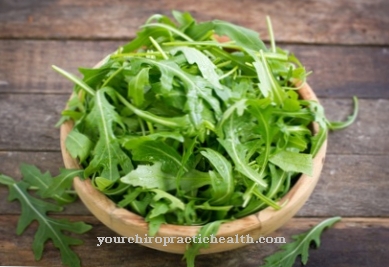
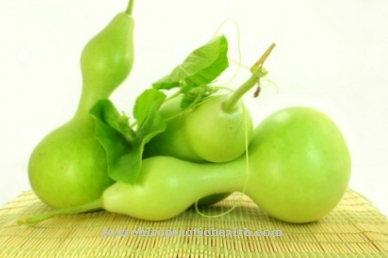
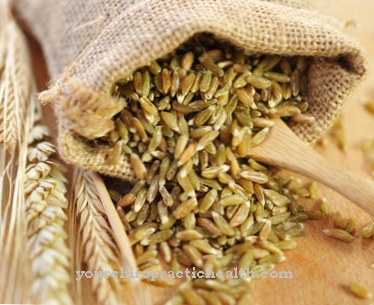
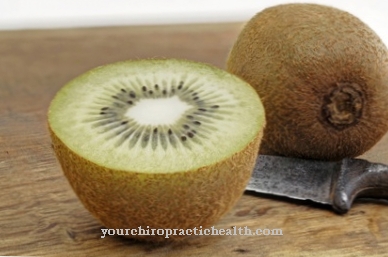
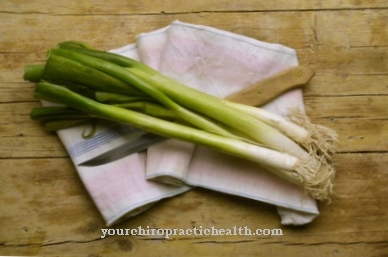
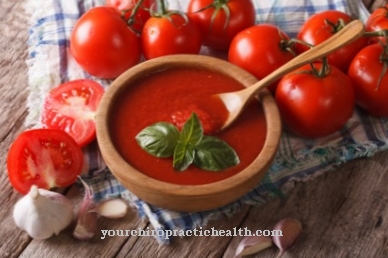






.jpg)

.jpg)
.jpg)











.jpg)